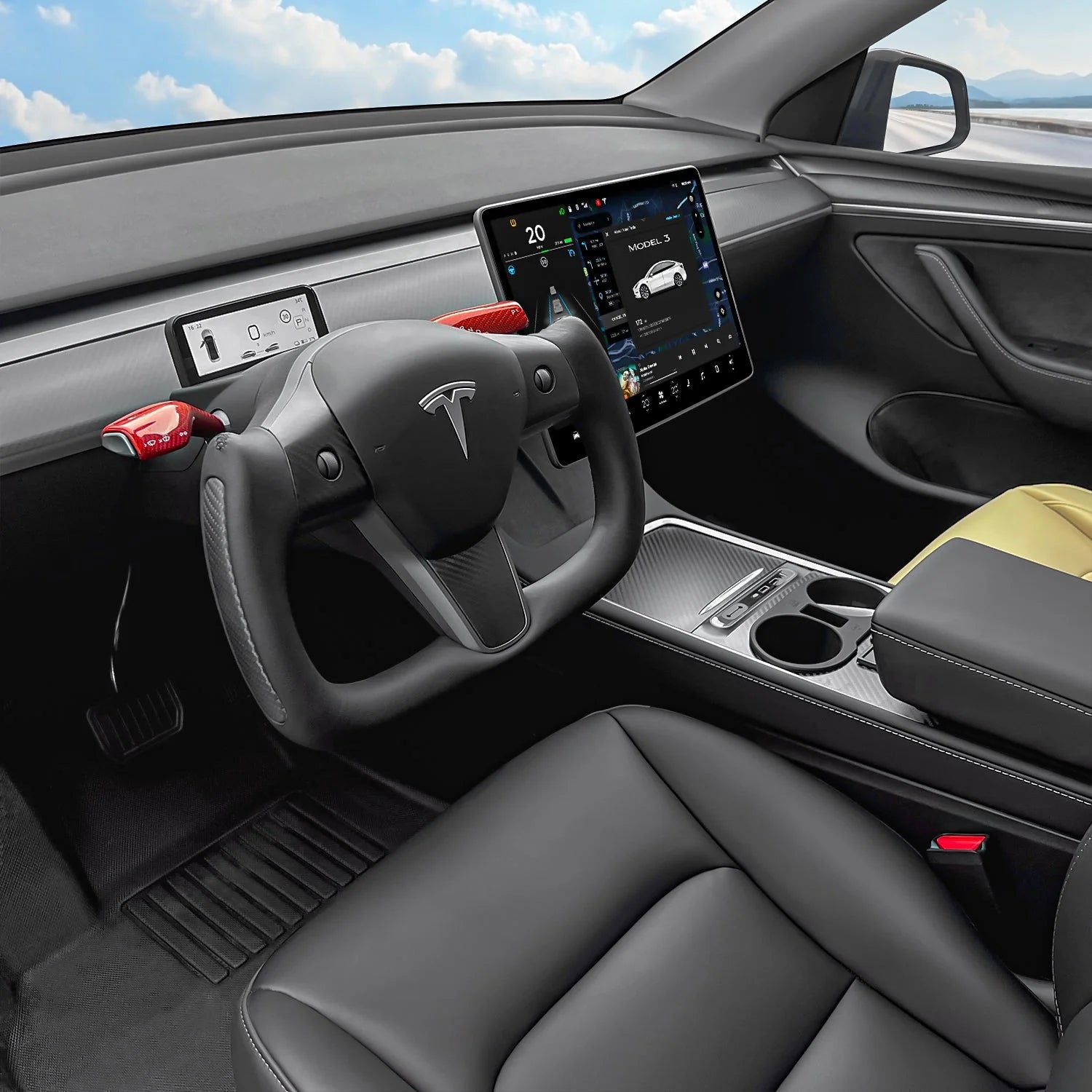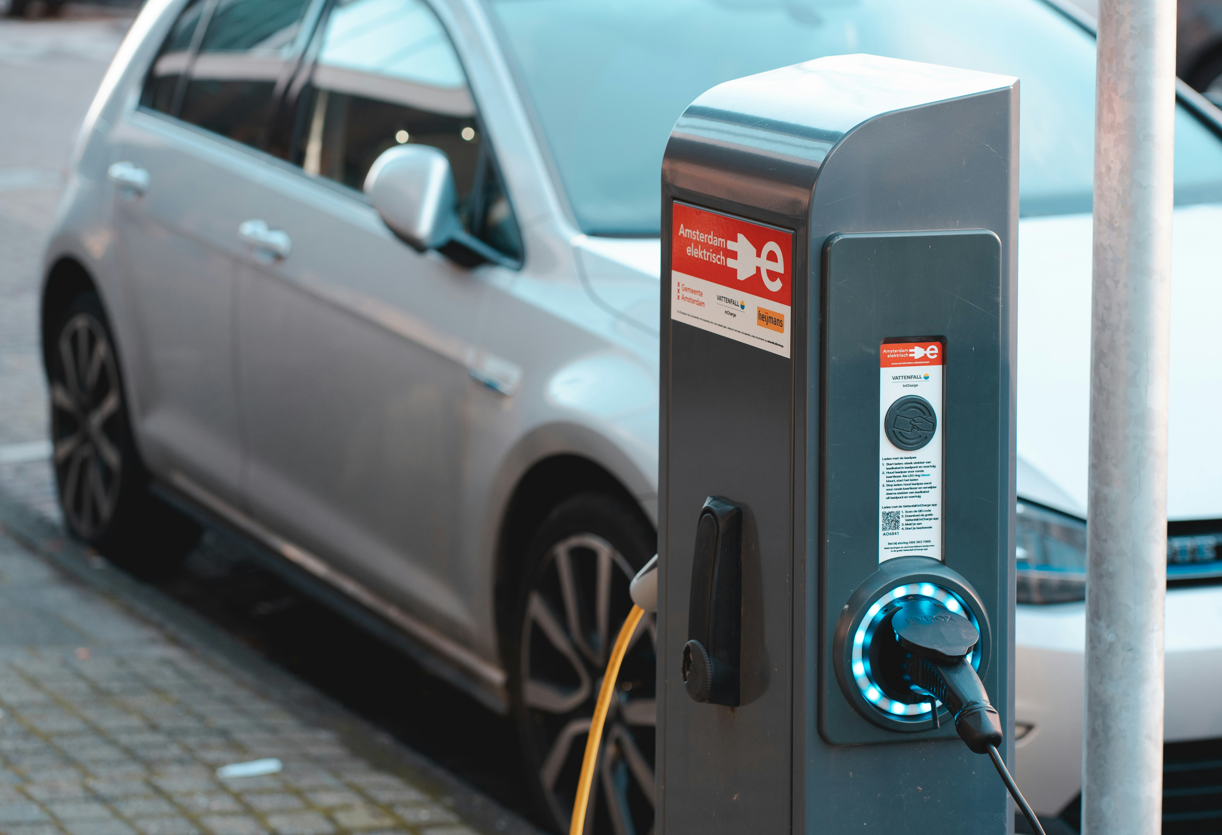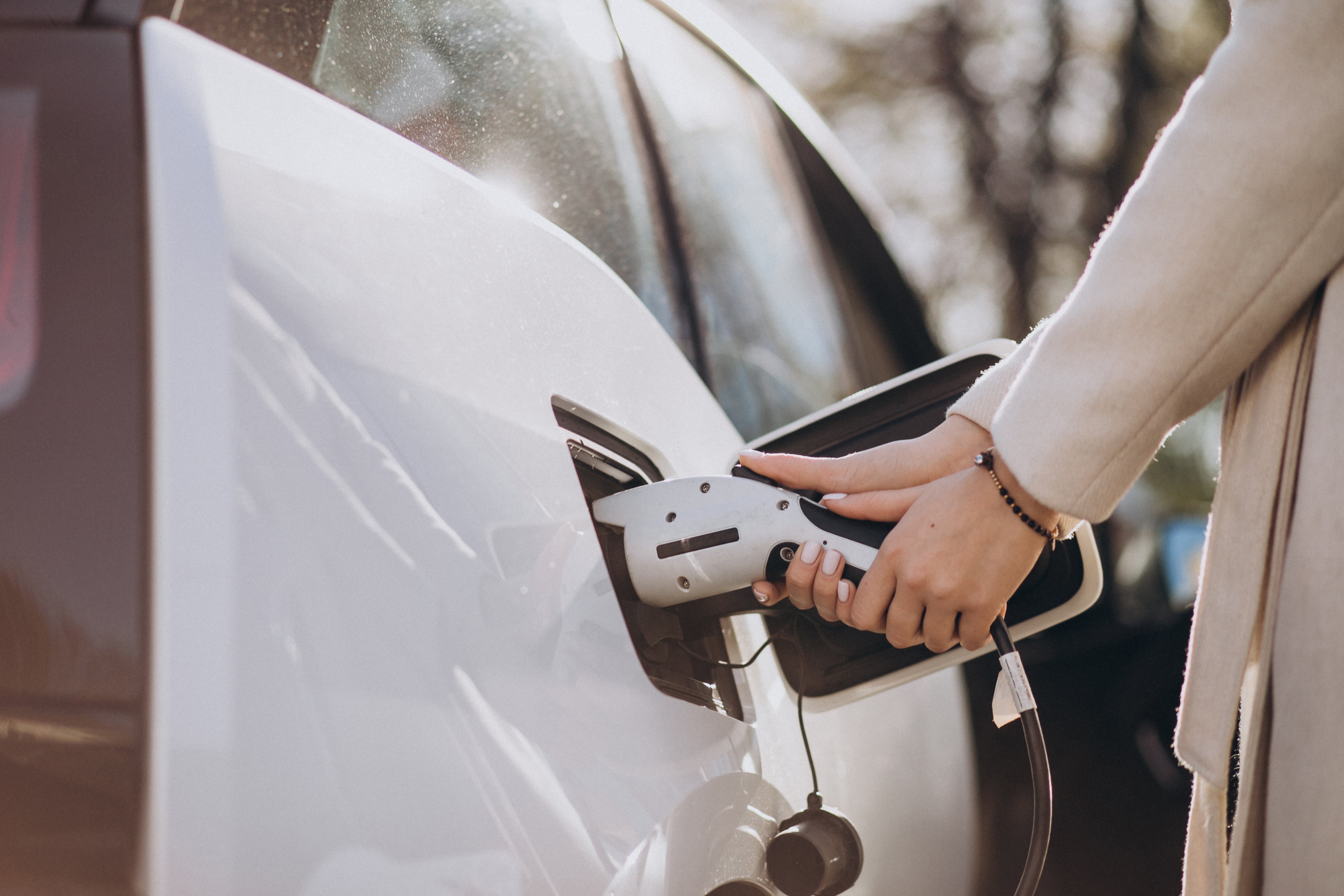Ну что, вы когда-нибудь задумывались, как легендарный Volkswagen Golf выдержит испытание электрической революцией? Вот наш первый шаг в столетие экологичного вождения: EeGolf.
В этой статье мы заглянем в эволюцию e-Golf и углубимся в историю электрификации Volkswagen. От самого начала и до последней модели — это все об этом электрическом чуде, о котором вам нужно знать.
Итак, начнем.
Характеристики и спецификации электромобиля e-Golf в 2024 году.
Электромобиль e-Golf Evolution воплощает стремление Volkswagen к новой мобильности, ориентированной на экологичность. В то время как автомобильный мир готовится к переходу на электромобили, e-Golf в 2024 году уже устарел. Его первый дебют состоялся более 10 лет назад, и мы уже видим, насколько сильно эволюционировала эта технология.
Давайте обсудим электромобиль для гольфа подробнее.
Диапазон
На момент своего дебюта электромобиль e-Golf предлагал для своего времени вполне приличный запас хода, обычно около 125 миль на одной зарядке. В модели e-Golf 2017 года этот показатель увеличен до 300 миль на одной зарядке. Однако по сравнению с более новыми электромобилями этот показатель недостаточен. Современные электромобили часто могут похвастаться запасом хода, превышающим 400 миль, что делает e-Golf менее конкурентоспособным в этом отношении.
Дизайн
С точки зрения дизайна, e-Golf сохраняет классическую эстетику, соответствующую фирменному стилю Volkswagen. Однако его внешний вид может показаться устаревшим по сравнению с более современными моделями электромобилей.
Сохраняя изящные линии и компактный форм-фактор, характерные для линейки Golf, автомобиль лишен авангардных элементов дизайна, которые можно увидеть в более новых моделях.
Помощь водителю
Комплекс систем помощи водителю в e-Golf, хотя и был новаторским на момент своего выпуска, сегодня отстает от современных стандартов.
Базовые технологии безопасности, такие как автоматическое экстренное торможение и мониторинг слепых зон, доступны, но расширенные возможности полуавтономного вождения, присущие более новым моделям, заметно отсутствуют.
Удобство
Функционал e-Golf вполне адекватен, но может показаться устаревшим современным потребителям. Стандартная сенсорная информационно-развлекательная система предоставляет основные функции, такие как навигация и интеграция со смартфоном, но интерфейс может уступать по отзывчивости и расширенным возможностям более современным системам.
Кроме того, хотя eGolf поддерживает быструю зарядку, время зарядки может быть больше по сравнению с более новыми электромобилями, оснащенными более совершенными технологиями зарядки.
Эволюция VW e-Golf
В случае с VW e-Golf, по сути, ничего не меняется. С самого начала это постоянно развивающийся автомобиль, курс которого обещал стать лидером среди электромобилей по версии Volkswagen.
Это очевидно по темпам перехода от первого поколения ко второму, начиная от размеров батарей и возможностей зарядки и заканчивая мощностью. Наблюдается огромное улучшение в... емкость аккумулятора электромобилявозможности зарядки и мощность двигателя.
Подробности этих изменений помогут показать, как они способствовали развитию e-Golf в нечто лучшее и более эффективное.
Первое поколение (2014-2016)
Этот e-Golf, впервые появившийся на рынке в 2014 году, был совершенно новой моделью — самым значительным её отличием было то, что это был первый электромобиль от Volkswagen (наряду с e-Up!). Литий-ионный аккумулятор емкостью 24,2 кВт⋅ч обеспечивал заявленный EPA максимальный запас хода в 190 км (118 миль) на одной зарядке.
Сам электродвигатель развивает мощность 115 л.с. и крутящий момент 199 фунт-фут, что, в свою очередь, должно обеспечивать довольно предсказуемое, но при этом динамичное вождение, учитывая дополнительную мощность аккумуляторной батареи. Стандартная зарядка осуществлялась с помощью бортовых зарядных устройств мощностью 3,6 кВт, но для базовой комплектации была доступна опция бортового зарядного устройства мощностью 7,2 кВт для сокращения времени зарядки.
Кроме того, e-Golf оснащен функцией быстрой зарядки постоянным током со скоростью 44 кВт, что значительно сокращает время, необходимое для подзарядки аккумулятора.
Что касается цены, то e-Golf занимал конкурентоспособную позицию на рынке в ценовом диапазоне от... 18 000–20 000 евроПредлагая экономичный способ перехода на электромобильность. Энергопотребление автомобиля оказалось эффективным, составив 16,8 кВт·ч/100 км, что отражает приверженность Volkswagen принципам экологичного вождения.
В плане габаритов e-Golf сохранил компактный и практичный дизайн, характерный для линейки Golf, обеспечив достаточное внутреннее пространство без ущерба для маневренности.
Первое поколение eGolf оснащалось системой рекуперативного торможения, сенсорной информационно-развлекательной системой и всеми ожидаемыми базовыми функциями безопасности — неотъемлемой частью того, что предлагалось в остальной линейке Golf.
Второе поколение (2017-2021)
Второе поколение e-Golf появилось на улицах в 2017 году, внеся ряд существенных изменений по сравнению с предшественником. Емкость аккумулятора увеличилась до 35,8 кВт⋅ч, что повысило запас хода до почти 300 км (186 миль) на одной заправке.
Эти улучшения ответили на главный вопрос владельцев электромобилей: боязнь недостаточного запаса хода. Мощность электродвигателя также была увеличена до 134 лошадиных сил и 214 фунто-футов крутящего момента, что обеспечивает более динамичные ощущения от вождения.
Также доступно на обновленном втором поколении. VW e-Golf В стандартную комплектацию теперь входит бортовое зарядное устройство мощностью 7,2 кВт с функцией быстрой зарядки постоянным током, позволяющее зарядить аккумуляторную батарею до 80% всего за 45 минут. Кроме того, в качестве опций доступны адаптивный круиз-контроль, система помощи при движении по полосе и новая 9,2-дюймовая сенсорная информационно-развлекательная система с управлением жестами.
Кроме того, внешний вид e-Golf также был переработан: появились небольшие дизайнерские изменения в бамперах, новые светодиодные фары и некоторые небольшие улучшения аэродинамики кузова.
Как зарядить электромобиль e-Golf дома?
Зарядка электромобиля e-Golf дома — это удобный способ гарантировать, что ваш автомобиль всегда будет готов к следующей поездке.
Вот пошаговая инструкция, как это сделать:
Шаг 1: Выберите подходящее зарядное устройство
Зарядка уровня 1: Для этого используется стандартная бытовая розетка на 120 вольт. Низкая потребляемая мощность — обеспечиваемая этим методом, что соответствует увеличению запаса хода на 4-5 миль за час зарядки, поскольку зарядка аккумуляторов выше 75% может занимать излишне много времени — кажется, при достаточном общем количестве часов простоя автомобиля, которые обычно происходят каждую ночь, может стать практически полезным способом ночной зарядки, безусловно, для автомобилей, используемых ежедневно.
Зарядка 2-го уровня: Зарядка уровня 2 обеспечивает уровень мощности, достаточный для увеличения запаса хода на значительное количество миль в час — как минимум на 16–50 миль, в зависимости от вашего автомобиля. Для этого лучше всего использовать зарядную станцию уровня 2, работающую от сети 240 вольт.
Шаг 2: Установите зарядную станцию (для зарядки уровня 2).
Можно установить зарядную станцию 2-го уровня и использовать её с помощью сертифицированного электрика, хорошо разбирающегося в правильном размещении станции на стене для удобного доступа к вашему электромобилю e-Golf и в лучших практиках парковки электромобиля e-Golf.
Шаг 3: Подключите зарядное устройство к вашему электромобилю e-Golf.
Подключите зарядное устройство E-Golf к зарядному порту. В большинстве автомобилей он расположен в передней части e-Golf. Убедитесь, что соединение надежное и правильное, используя уровни 1 и 2.
Шаг 4: Начните зарядку
После подключения устройство начнет автоматическую зарядку. На боковой панели панели управления e-Golf отображаются этапы процесса зарядки, например, приблизительное время, оставшееся до полной зарядки аккумулятора.
Шаг 5: Мониторинг процесса зарядки
Обычно этот процесс доступен для тщательного мониторинга, который легче отследить на приборной панели электромобиля e-Golf или в приложении на вашем смарт-устройстве, если зарядная станция является интеллектуальной.
Шаг 6: Отключите зарядное устройство
После завершения процедуры зарядки и перед началом поездки на VW e-Golf необходимо сначала отсоединить зарядную систему от автомобиля и розетки, а затем убрать автомобиль на хранение. Кабель для зарядки электромобиля безопасно.
Хороший ли это автомобиль e-Golf?
Он электрогольф Это отличный выбор для тех, кто ищет электромобиль с плавным и тихим ходом, а также мгновенным крутящим моментом для отзывчивого управления в городских условиях. Увеличенный запас хода и более быстрые варианты зарядки повышают его практичность, хотя для более длительных поездок все еще может потребоваться планирование.
Ожидается, что этот автомобиль поразит постороннего своим комфортом, оснащением и удобными в использовании технологиями. Хотя его цена будет выше по сравнению с некоторыми конкурентами, более низкие эксплуатационные расходы и потенциальные льготы легко сделают его экономически выгодным электромобилем.
VW e-Golf предложит лучшее из перечисленного для тех, кто ищет упомянутые преимущества, добавив универсальности и удовольствия от вождения в сочетании с хорошими характеристиками городского автомобиля.




